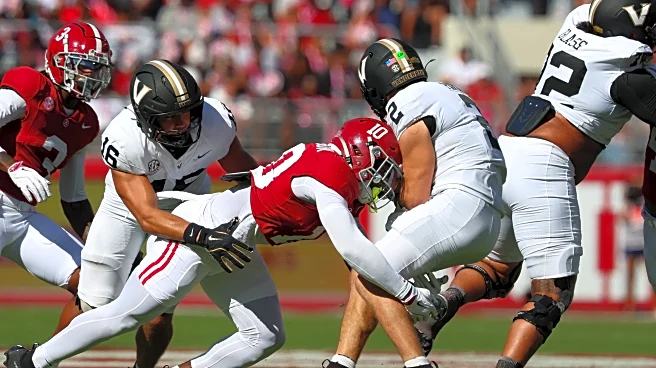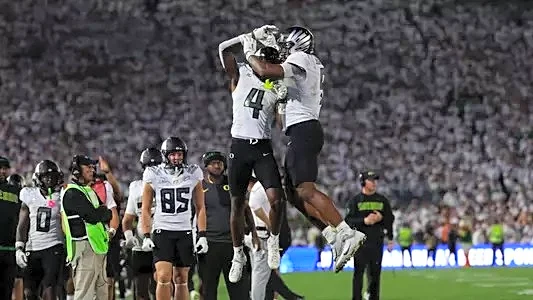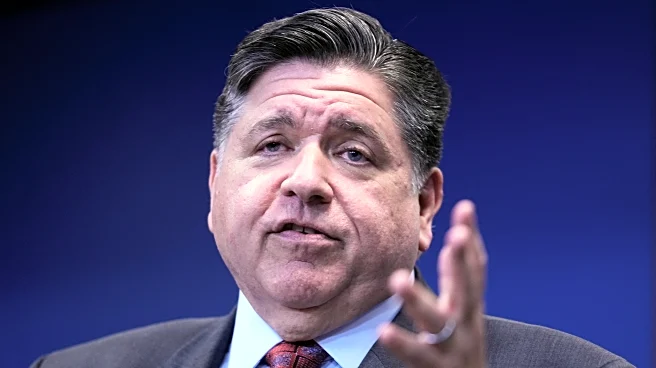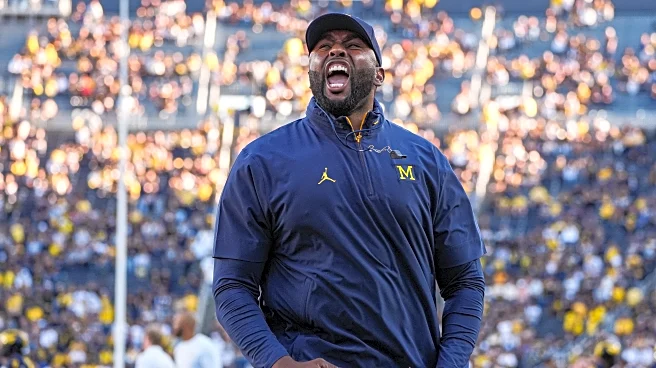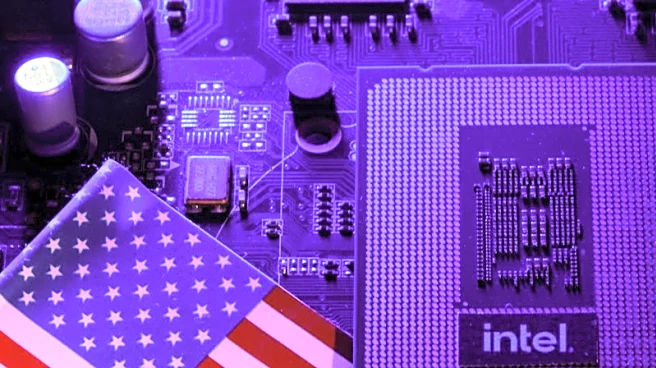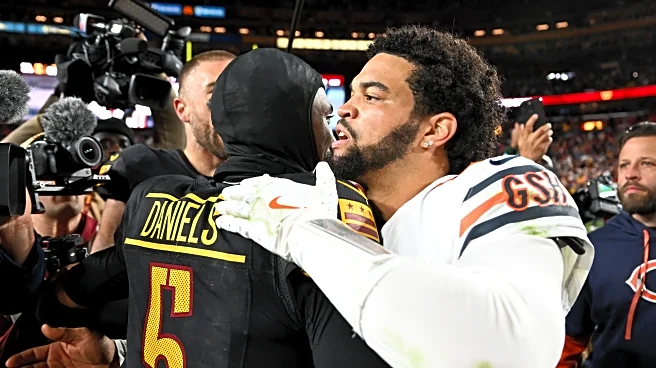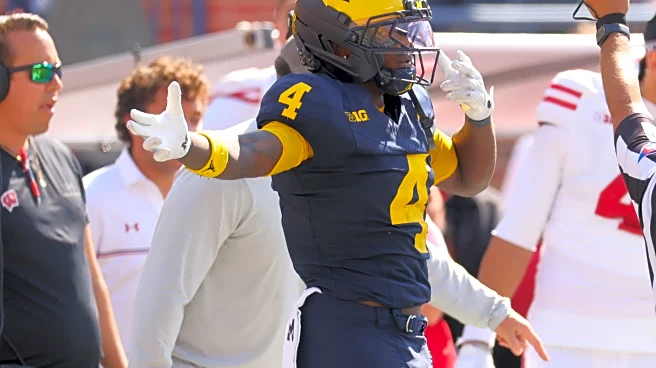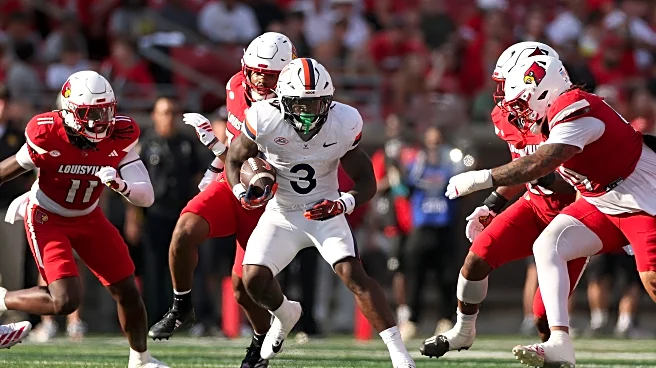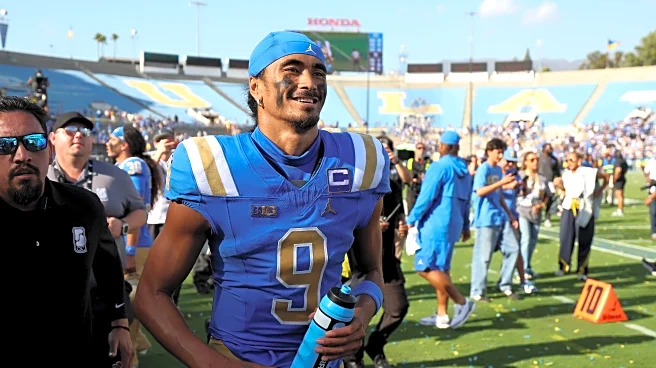What's Happening?
The Oklahoma Supreme Court has recently approved an initiative petition that could significantly alter the state's election system. The proposal, known as State Question 836, aims to replace Oklahoma's current primary election system with a model similar to those used in California and Washington. Under the existing system, Republican and Democratic voters select their respective nominees in party primaries, who then compete in the general election alongside any independent candidates. The proposed change would place all candidates, regardless of party affiliation, on a single primary ballot, with the top two vote-getters advancing to the general election. This system could potentially result in two candidates from the same party facing off in the general election, as has occurred in California.
Why It's Important?
The adoption of a California-style election system in Oklahoma could have significant political implications. Proponents argue that it would lead to the election of more moderate candidates by allowing all voters to participate in a single primary. However, critics contend that it could diminish the influence of independent candidates and skew election outcomes towards one party, potentially altering the political landscape. For instance, if this system had been in place during the 2018 gubernatorial race, it might have resulted in a general election between two Democratic candidates, despite a majority of primary votes being cast for Republicans. Such a shift could impact the balance of power in Congress, particularly if similar changes are adopted in other traditionally Republican states.
What's Next?
As the initiative moves forward, it is likely to face significant debate and scrutiny from political leaders, parties, and voters in Oklahoma. Supporters of State Question 836 will need to gather sufficient signatures to place the measure on the ballot for a public vote. If successful, the proposal could set a precedent for other states considering similar electoral reforms. The outcome of this initiative could influence future election strategies and party dynamics, as stakeholders assess the potential benefits and drawbacks of a top-two primary system.
Beyond the Headlines
The proposed shift to a California-style election system raises broader questions about the nature of democratic representation and the role of political parties in the electoral process. It challenges traditional notions of party primaries and could lead to a reevaluation of how candidates are selected and how elections are conducted. Additionally, the initiative highlights ongoing debates about electoral reform and the search for systems that better reflect the will of the electorate while ensuring fair and competitive elections.

